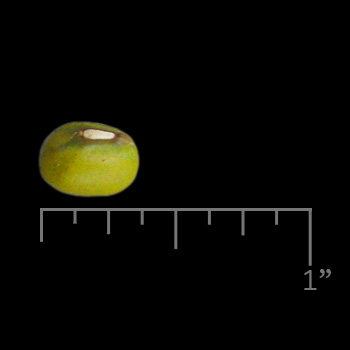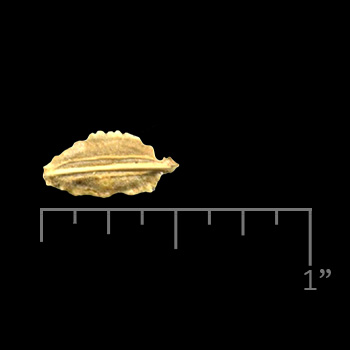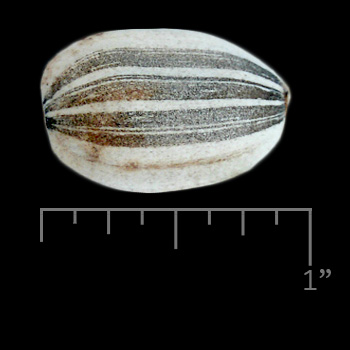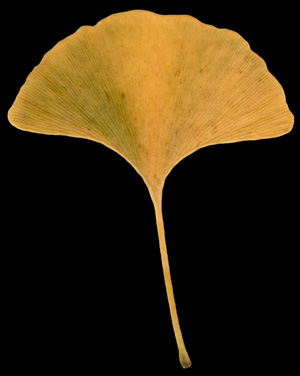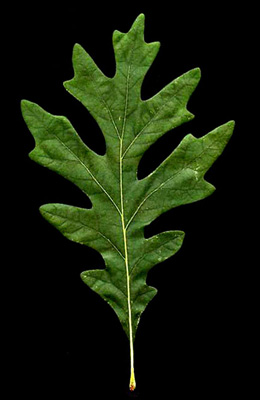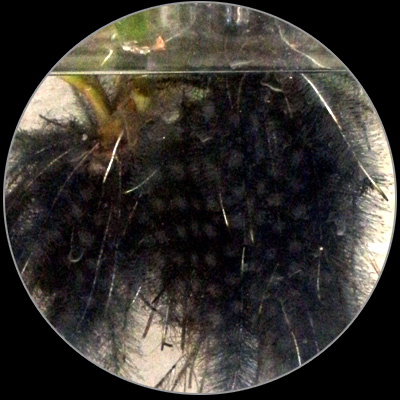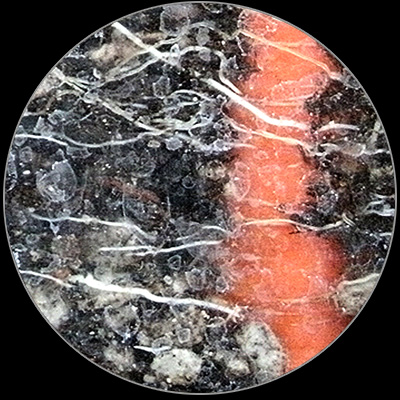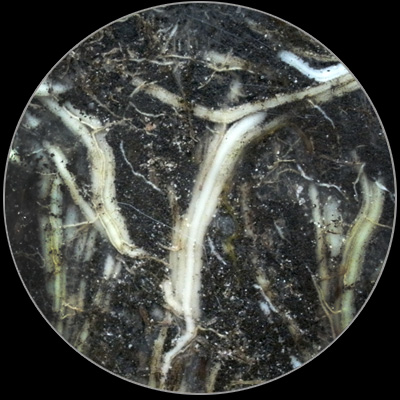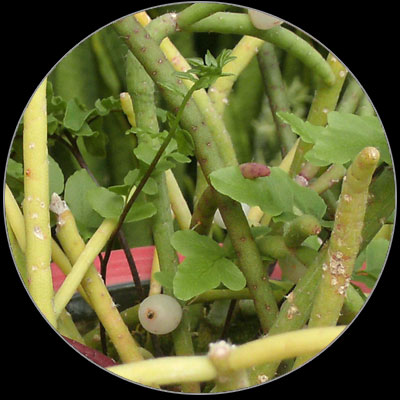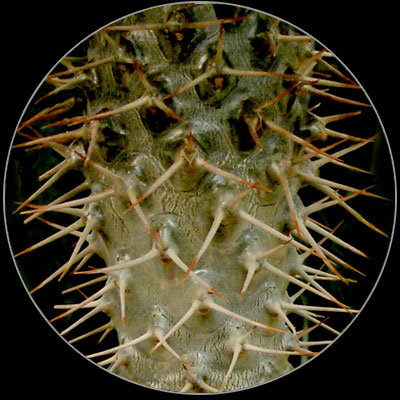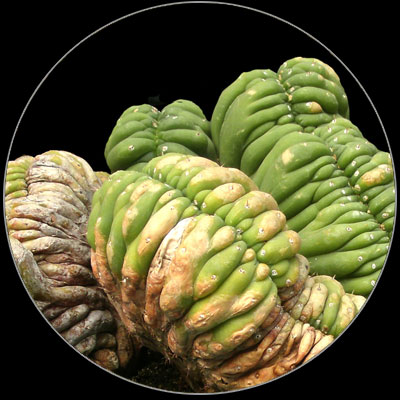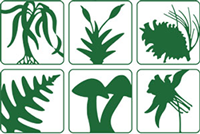Using the lens of Seeds, Soil, and Surprises, this suite of lessons is intended to help teachers and students develop the critical skill set needed to work successfully with primary sources across any subject matter and support Common Core State Standards.
INTRO

VOCABULARY
Teachers are encouraged to become familiar with these terms in order to better educate students.

compost: decayed organic material that is recycled as fertilizer and soil amendment
decomposition: the state or process of rotting or decay
diversity: variety; a number of different species of plants
embryo: a developing plant contained inside a seed
endosperm: tissue around an embryo inside some seeds, providing protection and nutrition for the growing plant in the form of starch
environment: all the conditions around a plant impacting its growth and quality of life, such as the amount of space in which to live, climate, other plants, etc.
mineral: an inorganic (i.e. never living), naturally-made, crystal-structured solid that has a consistent chemical pattern
nutrient: a necessary ingredient for a plant’s growth and survival, such as nitrogen or potassium, often acquired through soil
photosynthesis: the process in plants by which the sun’s energy (light energy) is captured by chlorophyll and converted to chemical energy that is stored in sugars, combining carbon dioxide and water to make sugars and release oxygen
produce (n.): agricultural products, especially fruits and vegetables
product: a material that is produced and often refined by way of processes in order to become more usable
respiration: the process in living organisms by which sugars are combined with oxygen to form carbon dioxide and water, and to release energy for the organisms’ use in growth
stoma (pl. stomata): a very small hole in the surface of the leaf (oxygen and carbon dioxide from the air enter through stomata; oxygen, carbon dioxide, and water vapor leave through stomata)
variation: differences between organisms of the same species
LESSONS + ACTIVITIES
Lessons + ACTIVITIES
Lesson 1:
What Are the Parts of a Plant?



Lesson 2:
What Do Plants Need to Live?



Lesson 3:
How Do People Use Plants?
ALL PRESENTATIONS
All Slideshow Presentations
This includes all hosted slideshows on www.seedssoilandsurprises.org
SPECIMENS
VIDEO
VIDEO
"The Private Life of Plants" is a BBC nature documentary series written and presented by David Attenborough. The series is a study of the growth, movement, reproduction, and survival of plants. Each of the six 50-minute episodes discusses aspects of a plant's life cycle, using examples from around the world.
LINKS
LINKS
Resources on Botanical Teaching and Science Education Research:

California Education and the Environment Initiative
http://www.californiaeei.org

The Rose Hills Foundation Conservatory
for Botanical Science at The Huntington
http://www.huntingtonconservatory.org

National Science Teachers Association
http://www.nsta.org
Botanical Society of America:
http://botany.org/outreach
http://botany.org/outreach/WebLinks.php
California Department of Education,
Next Generation Science Standards
http://www.cde.ca.gov/pd/ca/sc/ngssintrod.asp

United States Botanic Garden
http://www.usbg.gov/teachers-and-schools

GardenABCs
http://www.gardenabcs.com

American Association for the Advancement of Science
http://www.aaas.org/enhancing-education

National Science Foundation
http://www.nsf.gov/news/classroom/education.jsp
The Kitchen Community
https://thekitchencommunity.org/

The Center for Green Schools
http://www.centerforgreenschools.org/home.aspx



